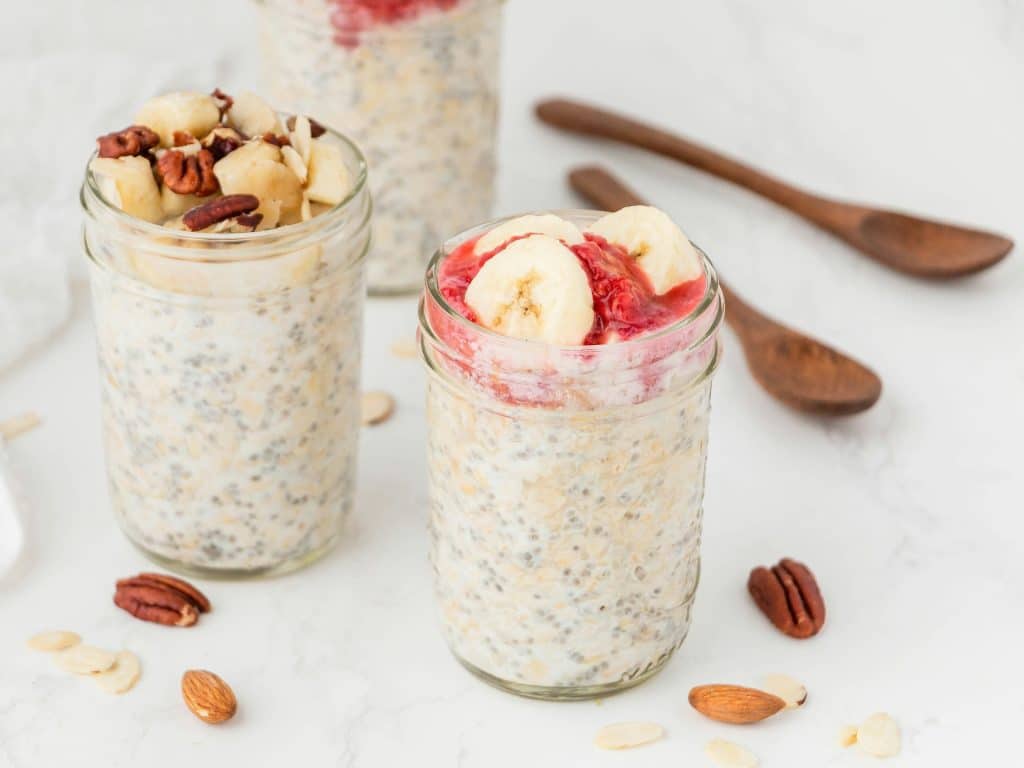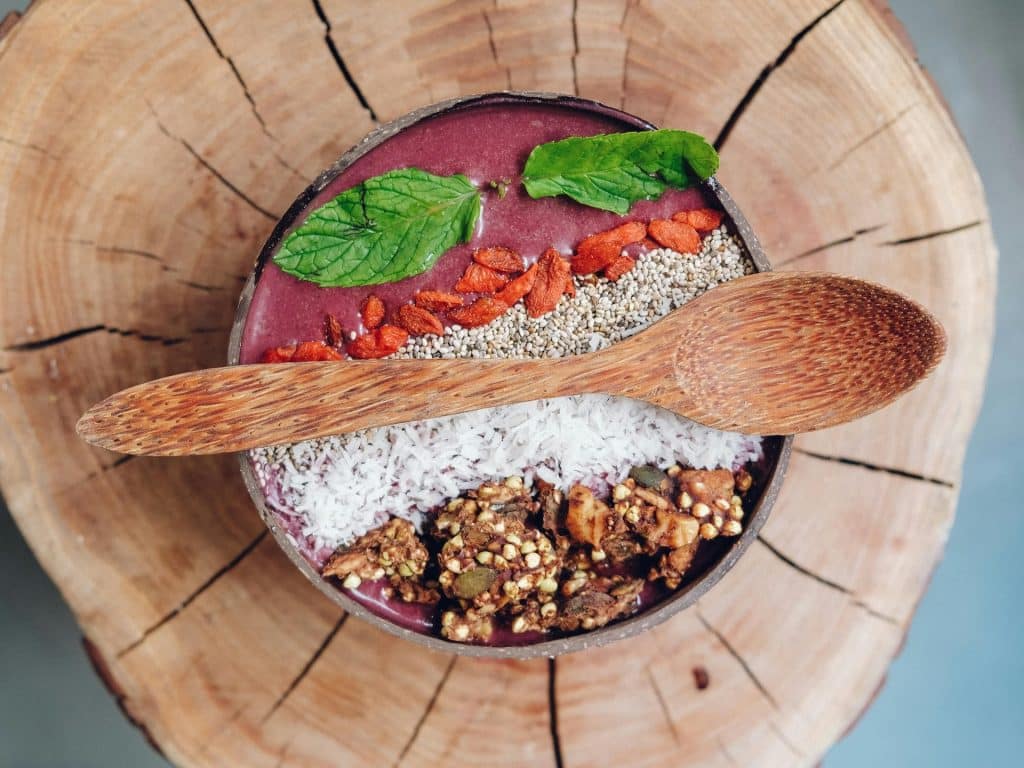
Until recently, the so-called ‘new foods’ or ‘novel food’ (for its legal term in English) were unknown in our kitchen. However, globalization and the development of food technology have made them reach supermarkets, filling them with exotic colors and flavors. But also, interesting nutrients, bioactive compounds or new techno-functional ingredients.
What are new foods?
Saving the more than 500 years that separate us, we can say that after the discovery of America, we Europeans already experienced what it means to have new foods in our pantries. At that time, the appearance of potatoes, corn, cocoa, tomatoes and peppers revolutionized the diet and forever changed the cuisine of our ancestors. In the eyes of a citizen of the 16th century, those products were as novel and strange as spirulina, chia, quinoa or pitahaya (dragon fruit) can be for us today.
The only difference is that now we have a term in English that defines them, novel fWell, and a very strict regulation that controls them.. Although to be fair, now it is not only about products arriving from distant countries. In most cases, it is products developed on European soil thanks to the latest technology and many hours of research. Some of these products are easily identifiable on supermarket shelves. Others, however, remain mere ingredients or functional foods used by the food or pharmaceutical industry to make nutritional supplements.
New food is everything we did not eat before 1997
New foods are governed by Regulation 1169/2011 of food information provided to the consumer, modified years later by 2015/2283. According to this regulation, any food that was not being consumed significantly before May 1997 in the EU, Regardless of the dates of accession of the Member States to the Union, it is considered a ‘novel food’ or novel food.
This term includes “new foods, foods from new sources, new substances used in foods and new ways and technologies to prepare foods,” explains Pedro L. Prieto-Hontoria, graduate in Food Science and Technology and full academician in the Spanish Academy of Nutrition and Dietetics.

Nutritional value of new foods.
In addition to adding color and exoticism to our pantry, those foods that achieve a positive evaluation from the European Food Safety Authority (EFSA) and the corresponding authorization from the European Commission also add value to the diet. “We would have to evaluate case by case, but at a general level we can say that they contribute various benefits for the formulation of innovative foods with improved nutritional profiles, or with higher nutritional quality. Now, we must not forget that they are not miracle foods. “Superfoods do not exist,” he emphasizes.
New proteins
In many cases, these foods are alternative sources with a higher protein content, or, at least, more sustainable or simply very abundant. This is the case of some insect flour.
Functional foods
In other cases, these are new functional foods. “These have a higher content of bioactive compounds, such as phytosterols that can be beneficial for human health, within a healthy diet and reduce cholesterol, or are sources of vitamin K and omega-3 fatty acids, such as krill oil. . ”, clarifies the expert.
Boost flavors and digestibility.
The food industry doesn’t just work with food. These foods need to have surprising flavors, that that flavor lasts longer, or that when it reaches the stomach it does not cause us problems. Many of these new foods are actually new ingredients and even new products with innovative technologies. It is the case of the nanotechnology which allows food scientists to mask flavors, a controlled release of health-beneficial compounds, a reduction of added sugar and salt, etc. «Beyond nutrition, they are foods that are interesting for diversifying diets, since they allow the introduction of new flavors, textures and food options with biodiversity as rich as Peruvian, Brazilian or African.»
In short, we cannot affirm that the new foods They are healthier than the traditional foods of the Mediterranean diet, but «they can be a source of sustainable proteins, rich in minerals, vitamins or bioactive compounds that help improve certain aspects of health, such as reducing cholesterol or oxidative stress.»

List of new foods
Once the EFSA approves a new food, it is incorporated into the new foods catalog approved by the European Union. This list is public and any citizen can consult it on the Internet.
If we take a look we will recognize many foods, ingredients or advances that are common in our pantry today.
Insects, sterols and krill oil.
Prieto-Hontoria lists some of the most recent: “Insects and their flours derived for human consumption, plant sterols (used in dairy products and which help reduce cholesterol), krill oil rich in polyunsaturated fatty acids of the omega type . 3…”
Nanotechnology
The use of nanotechnology also enters this list. This technology serves, for example, to encapsulating nutrients so that they are less harmful to the digestive system of some people or do not cause diarrhea in sensitive patients.
The standard states that to ensure “a high level of protection of human health and consumer interests, any food containing or consisting of artificial nanomaterials should be considered a novel food under the Regulation.” The term ‘artificial nanomaterial’ is defined in Regulation 1169/2011.
Sweeteners and flavors
There are some new foods that the population is more familiar with. This is the case of some sweeteners (stevia) and some of their uses. However, others are more unknown, such as some food supplements. “For example, some of them made from freeze-dried pulp and skin of Sinsepalum dulcificuman original berry from West Africa (popularly known as “miracle berry” or “miracle fruit”) that contains miraculin, a glycoprotein with the property of masking acidic flavors and transforming them into sweet ones if consumed prior to ingesting food and beverages. ”, explains the expert.
New proteins and fortified foods
Other examples of new foods are:
- Pea and rice protein fermented by mycelia of Lentinula edodes (shiitake mushroom)
- Mushroom powder (Agaricus bisporus) enriched with vitamin D2
- Chia seeds (Hispanic sage) partially defatted powder
- Pulp, pulp juice and concentrated pulp juice Theobroma cacao L. (popularly known as chocolate, and is based on everything that is not used in many cases to make cocoa)
- Infusion with coffee leaves
Prieto Hontoria recalls that there are many other authorized ingredients under the definition of novel food that becomes part of the composition of food. “They are distributed normally in our supermarkets. If we are curious to see them, we just have to read the labeling and look in the list of ingredients,” he points out.

How are new foods approved?
Every year the supply of these new foods that escape the conventional grows, but their arrival in supermarkets is not so simple. Before being able to put them in the shopping cart, these new products have had to come under the scrutiny of European legislation. This process is neither quick nor easy. In fact, since the approval of the Regulation on Novel Foods, only 5% of the candidates for novel foods have concluded the process with a favorable opinion. “To give us an idea, in 2024 there are more than 1,200-1,500 applications relating mostly to plants (for example, on potato protein or yellow tomato extract), which have not yet achieved a positive review,” says the expert.
News from 2025
The European Commission has recently commissioned EFSA to update the guidelines on the preparation and submission of marketing applications for these new foods. It will apply to all those submitted from February 2025. «From now on, companies or applicants must explain in detail, describe and identify the new food, starting from the production process, composition, specifications and The proposed uses will also provide information on how it should be consumed, history of use, toxicology (genotoxicity tests), nutritional properties, physical-chemical characterization, nanomaterials, possible allergenic components, safety data, scientific studies with nutritional interventions, etc. , indicates Prieto-Hontoria.
Afterwards, this request will be collected in a file and will be evaluated within a period of 9 months, according to the new protocol. If the authorities understand that they need more information, the process is interrupted, to ensure that consumer safety is guaranteed.
The ALDI Council
Although new foods are often accompanied by powerful marketing, remember that superfoods do not exist. And that the Mediterranean diet, which is the super dietary pattern par excellence, already has very varied and very nutritious foods that should form the basis of our daily and weekly menu.

Pedro L. Prieto Hontoria. Current Director of R&D&I and alliances of the Fresh Business Food & Nutrition Group, a company dedicated to food innovation with experience in the execution of H2020-BBI, CDTI, Basque Government, Concytec-Peru and agri-food companies projects. He has a doctorate in Food, Physiology and Health, and a European Master in Nutrition and Metabolism from the University of Navarra. Graduate in Food Science and Technology and diploma in Human Nutrition and Dietetics from the San Pablo CEU University. He has been a researcher, consultant, laboratory analyst and head of quality control in different companies in the food industry and universities both nationally and internationally. He has more than 60 articles in indexed and popular magazines, in addition to four chapters of books, and has more than 125 communications at national and international conferences. He is a full member of the Spanish Academy of Nutrition and Dietetics. TWITTER: @PrietoHontoriaP INSTAGRAM: Prietohontoria







